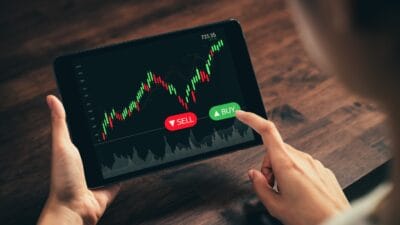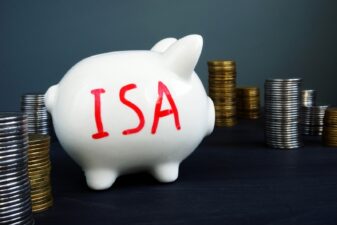A Stocks and Shares ISA allows investors like me to invest up to £20,000 per year in shares without paying tax on their profits. I think this is a great resource for building wealth.
It’s also a great resource for investors seeking passive income. As well as (legally) avoiding tax on the sale of stocks, investments held in an ISA are protected from dividend tax.
There are two main ways for investors to earn passive income. The first is through dividends and the second is through share buybacks.
Dividends
Receiving dividends is one of the most obvious and most satisfying ways of earning passive income. All an investor has to do is invest in a company that distributes its earnings to its shareholders and wait.
Unilever is a great example of a UK dividend stock. The FTSE 100 company makes consumer products ranging from soap to ice cream and pays out a portion of the income it generates to its owners.
If I’d invested £1,000 in Unilever shares five years ago, I’d have received £201 in dividend income. And I could have reinvested that cash to increase my subsequent payments.
From April, the rules around dividends are changing. The annual tax-free allowance for UK investors is set to reduce from £2,000 to £1,000 (and then to £500 in 2024).
As a result, a lot of investors are likely to find themselves paying more tax on their dividends than they did before. That’s unless they own their dividend-paying stocks in a Stocks and Shares ISA.
Buybacks
The other way for investors to earn passive income is through buybacks. This is where the protection from Capital Gains Tax kicks in.
Buybacks involve a company using its excess cash to buy its own stock. When it does this, existing shareholders can sell part of their investment without reducing their overall stake.
Shell, for example, used £6.3bn to repurchase 5% of its shares in 2022. An investor who owned 1% of the company could have sold 5% of their stake and still owned 1% of the company at the end of the year.
The sale would have generated passive income, but it would have involved selling part of an investment – potentially at a profit. That’s why an ISA can be helpful.
As with dividends, the amount investors can realise in capital gains without paying tax is set to reduce. In April, it goes from £12,300 to £6,000 and then to £3,000 in 2024.
Freedom
The tax benefits of an ISA are important. One of the underrated features is that they give investors the opportunity to buy and sell shares more freely.
Think about Warren Buffett’s investment in Coca-Cola shares. The Oracle of Omaha paid around $1.3bn to acquire 400m shares.
That investment today has a market value of around $24bn. And with the stock looking fairly expensive, it might be tempting for the Berkshire Hathaway CEO to sell.
The trouble is, a lot of those gains would be wiped out through tax and that applies to me as a small investor.
Protection from Capital Gains Tax gives investors more freedom to sell shares that have gone up in price. That’s another reason why using my full Stocks and Shares ISA allowance is a priority for me.
Please note that tax treatment depends on the individual circumstances of each client and may be subject to change in future. The content in this article is provided for information purposes only. It is not intended to be, neither does it constitute, any form of tax advice. Readers are responsible for carrying out their own due diligence and for obtaining professional advice before making any investment decisions.








